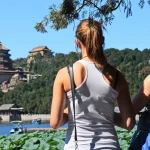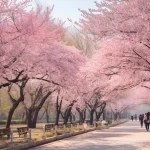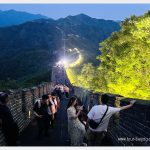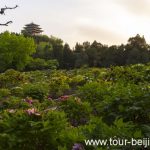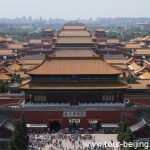Sunrise Over Qinghai Lake
When you are planning your Qinghai Tour either for sightseeing or on business, Qinghai Lake will definitely linger in your mind, a gem 151 km west of Xining City – the capital city of Qinghai Province. Qinghai Lake is the largest inland saline lake in China with a perimeter of 360 km and an average…
